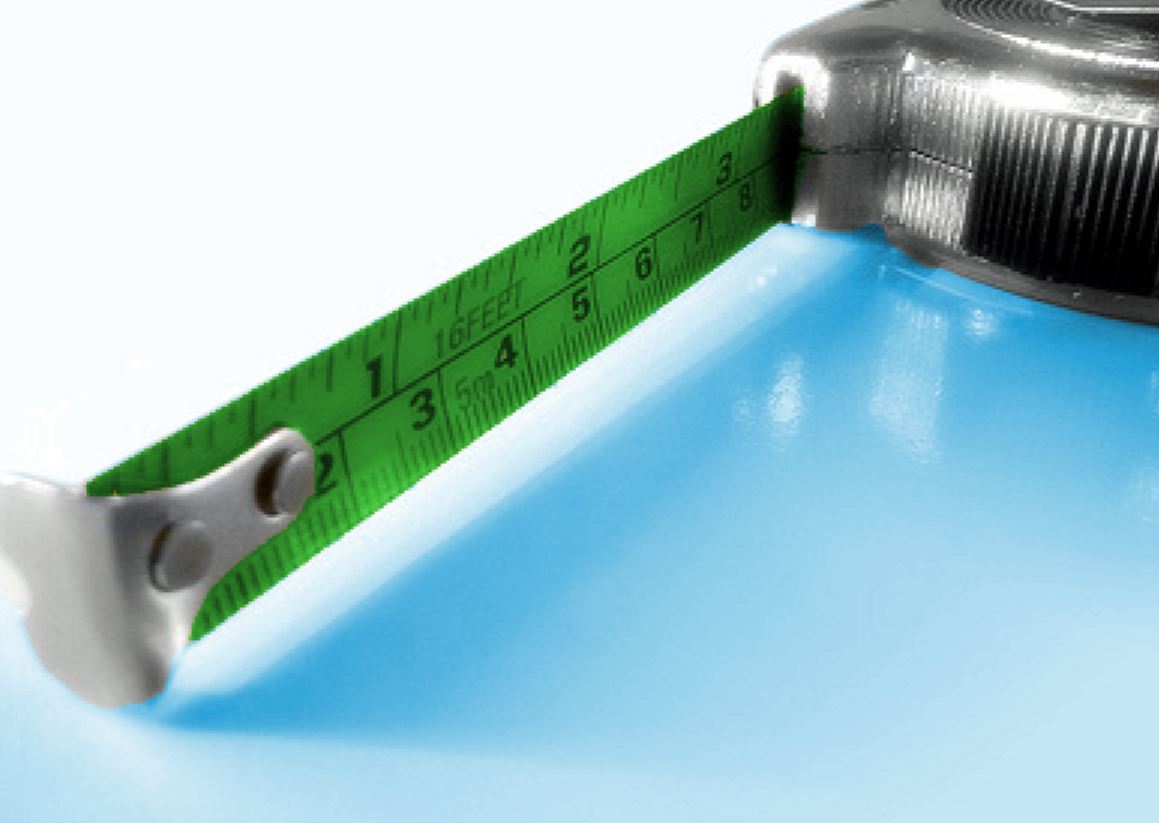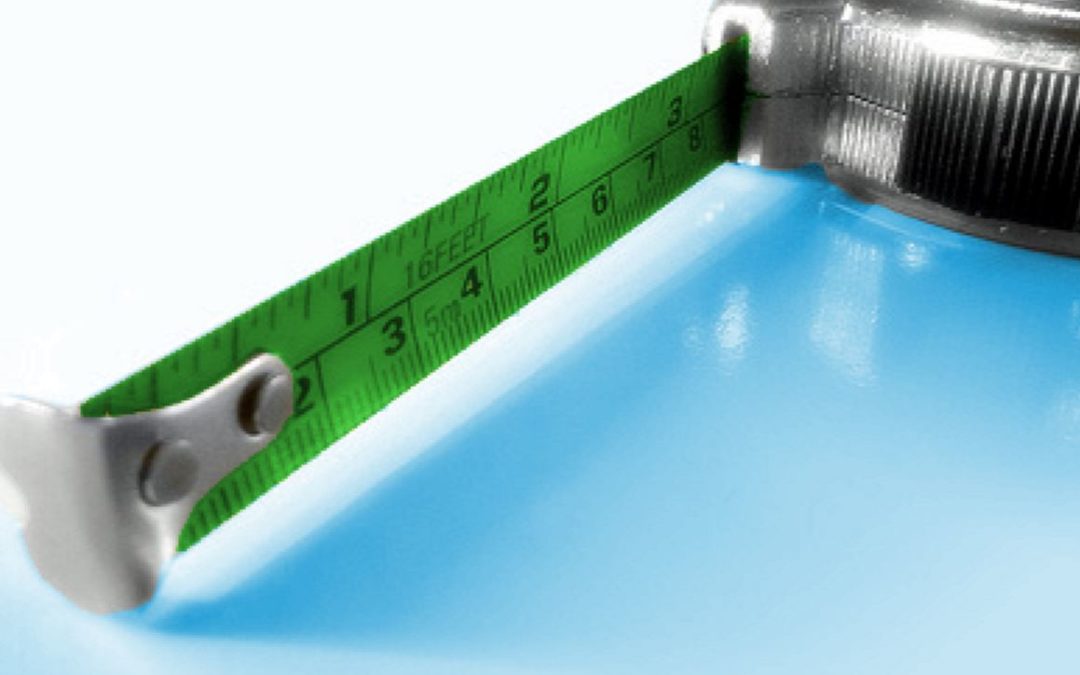 Why is measuring results so difficult?
Why is measuring results so difficult?
To be honest I like to measure things. I measure my weight everyday. I spent 8 years of my career as an analytical chemist measuring things.
What I measured was pretty important. For example, I measured the amount of gasoline in drinking water. Pretty important to get that right I’d say. If I was wrong, some people could be drinking Benzene, a know carcinogen.
How does this apply to your business? It turns out, to actualize your vision, you need to measure it.
There happens to be quite a few parallels between analytical chemistry and business. I promise this won’t be a lecture on chemistry, but more on the process of measurement. It seems to me that many small businesses recoil against measuring the key performance indicators in their business. I’ve heard people say that it is as painful as a “root canal”. I think that’s a bit extreme. But it’s a critical thing to do if you want to know what’s actually going on and not guess. Maybe you like not knowing, if so this blog is not for you…
So how is analytical chemistry like running a business? Four points.
1. Know what you’re looking for
You would never begin an analysis without knowing what you are looking for first. I think this is where many businesses get hung up. They actually don’t know they should be measuring. Figuring out what to measure involves knowing your goals first.
As with analytical chemistry and drinking water analysis, there are a set of compounds that we know are cancer causing and present in gasoline and diesel fuel. There are also a number of heavy metals (like As and Pb) that can be present if the water has been contaminated. These are well studied and common contaminants. So common that there are governmental analysis methods which are written to focus the analytical laboratories attention. The goal here, clean and safe drinking water.
So what are the goals of your business. What are you trying to achieve this year? What about over the next 5 years. Thinking about this for a minute will reduce the number of things you need to measure significantly.
2. Clean and calibrate your instrument first
When testing drinking water for volatile organics like Benzene, you need to make sure your instrument is clean and calibrated. You want to make sure you’re not presenting a “false positive” and getting the client upset by reporting something which is not there.
In your business this is more a personality thing. Certain members of your team (maybe even you) push against being measured. Your team needs to be calibrated. Nobody really likes accountability. We all want to do what we want to do when we want to do it. This can be especially difficult if your culture has not supported this type of behavior in the past.
Some personality types resist change. You’ll hear things like, “this is just one more thing I need to do” or “Measuring this is a waste of time, we already know what’s wrong”. Asking your team to report KPIs on a weekly or monthly basis will be difficult at first, but well worth doing. There are numerous studies which show goal clarity as one of the primary drivers of employee engagement.
3. Perform the analysis
Once your instrument is calibrated, it’s time to run some samples and start generating results and data.
Same with your business, once you’ve decided to begin measuring, the data will begin flowing and you need to stick with your plan. Having a set of predetermined KPIs will help you to stay focused. Just keep measuring.
4. Look at the data with a skeptical eye
Once all the samples have finished running, it’s time to print out all the data and give it a look. Always view data with a skeptical eye. Be on the lookout for things which are out of the norm. Data driven people should also use their gut to make the best decisions.
In your business, its no different. Meet as a team and review your metrics. What is the data telling you? Does the “system” seem in control? Can you trust the data? What is the in “red”. What needs our attention right away. Spend some time determining an action plan and what you will do to get things back on track.
Not everyone is a former analytical chemist. Not everyone loves to look at data. Still not convinced, here’s a couple more examples…
Imagine this…You are running a very expensive machine that costs thousands of dollars a day to run and it’s critical that you make sure it’s healthy and that you know the indicators which tell you if it’s healthy. Anything else is irresponsible. For example, if you run a $5M business, with a 10% net income, your costs are $4.5M per year or $12,329 per day!
 You wouldn’t think of boarding an airplane with only one gauge in the cockpit, the gas gauge. What about boarding an airplane with NO gauges…scary.
You wouldn’t think of boarding an airplane with only one gauge in the cockpit, the gas gauge. What about boarding an airplane with NO gauges…scary.
You also wouldn’t get on the operating table if the surgeon was operating using pre-1800s diagnostic equipment or no diagnostic equipment at all. You would want that surgeon to have ALL the data he needed to pull off a successful operation.
But that is exactly how some chose to run their businesses. Be better.
{{cta(‘b9a3ed81-299b-48e2-8fb9-4e9557ca62b9’)}}
